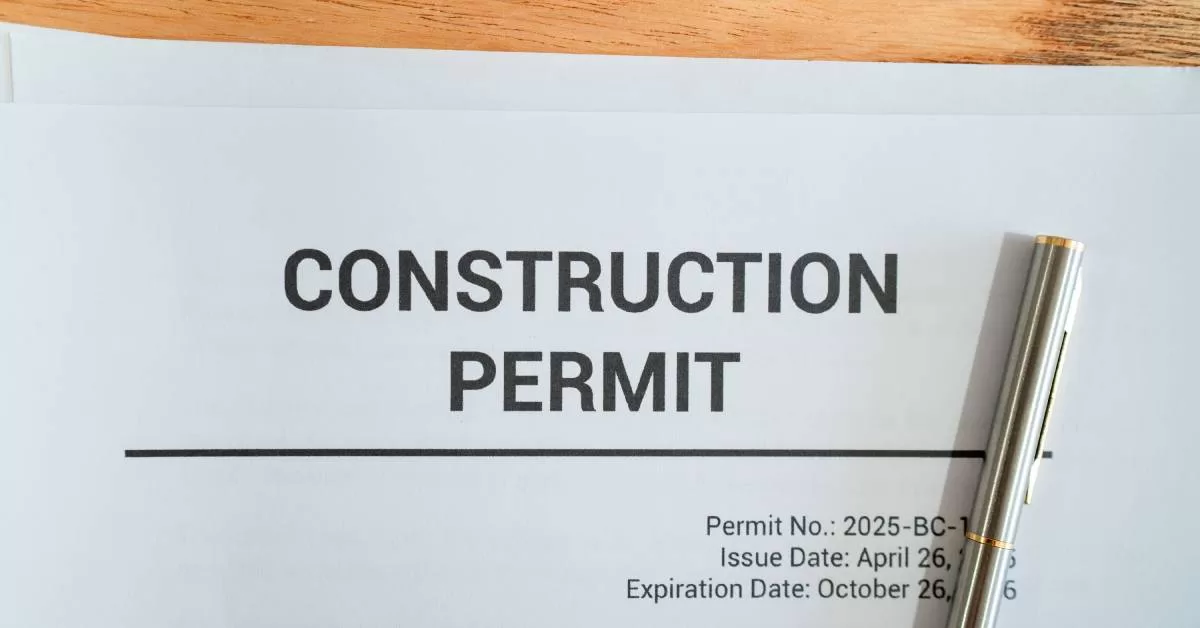How To Navigate Key Zoning Requirements for ADU Construction

So, you’ve decided to build an accessory dwelling unit (ADU) on your property. Perhaps it’s to provide an aging parent with their own space, or maybe it’s to help an adult child save on rent.
The idea behind an ADU seems simple enough. You have the yard space, you’ve sketched out a few ideas, and you’re ready to meet with a contractor. But before you can pour a foundation or choose a floor plan, your city’s zoning regulations can quickly throw a wrench in your plans if you aren’t careful.
Questions start piling up. Can your lot legally support an ADU? How big can it be? Where can you build it, and how close to your neighbor’s fence? These aren’t minor details; they shape everything from layout to cost.
If you’re wondering how to navigate key zoning requirements for ADU construction, you’re not alone. Let’s review the most common zoning hurdles and how to plan around them smartly and confidently.
Understanding Zoning Basics
Zoning codes regulate how land is used. These laws balance growth, preserve neighborhood character, and maintain safety. Each area is divided into zoning districts that specify the types of buildings and uses allowed. For example, a residential zone might permit an ADU, while a commercial zone might not.
Check your property’s zoning designation on your city or county’s official website. You can also contact your local planning department. Keep in mind that zoning codes may include overlay zones or historic districts with additional restrictions; therefore, thorough research is crucial.
Setback and Placement Rules
Setbacks define the minimum distance your ADU must be from property lines, streets, and other structures. In Louisville, for example, a detached ADU must be at least five feet from rear property lines and two feet from side property lines, while Lexington requires a minimum setback of three feet from all property lines.
Some jurisdictions allow reduced setbacks or variances if strict compliance would create an undue burden. Applying for a variance involves a formal request and sometimes a public hearing, so it’s best to plan your ADU location carefully from the outset. These rules impact more than just placement; they influence privacy, sunlight access, and landscaping options.

Size and Floor Area Limits
Most zoning codes set maximum size limits for ADUs, often based on a percentage of the main house’s square footage or a fixed maximum. The city of Louisville limits ADUs to 800 square feet or 30 percent of the primary dwelling, whichever is greater. Lexington has comparable rules, with exceptions, such as those for converting existing basements.
Lot size affects the allowable ADU footprint. Smaller lots are subject to stricter size limits to maintain open space and reduce crowding. Height restrictions generally limit ADUs to match the height of a property’s principal structure.
Owner Occupancy and Use Rules
Zoning laws often include rules regarding who can live in an ADU, as well as whether the property owner must reside on-site. These are called owner occupancy requirements, and they can impact both detached and attached ADUs.
In Lexington, dwelling units have a maximum occupancy of two adults and any children related to them or under their care through a custodial relationship. This restriction applies to long-term and short-term rentals. Louisville has similar provisions, though these vary depending on the zoning district.
These rules are designed to preserve neighborhood character and limit the spread of absentee-owned rental properties in residential zones. However, the rules can restrict how you use your ADU if you’re planning to rent it out full-time or turn your primary home into an income property. In some cases, property owners may be required to sign an affidavit or file a deed restriction with the city before a permit is approved.
Parking Requirements and Exceptions
In many cities, zoning rules require homeowners to provide at least one off-street parking space when adding an ADU. This rule is often intended to prevent street congestion in residential areas.
In Louisville, for example, a detached ADU may require one off-street space unless the property is located near a bus route or qualifies for a waiver. Lexington’s requirements are similar, but some zones offer flexibility contingent on the size and type of ADU.
There are exceptions. If a homeowner converts a garage or basement into an ADU, they may not need to add extra parking, especially if the original parking spot can still be used. Some areas also waive the parking requirement for smaller ADUs under a certain square footage.

Utilities and Infrastructure
Another key zoning consideration is how an ADU will connect to utilities, including water, sewer, electricity, and gas. Some localities require separate utility meters for ADUs, while others allow shared connections with the main house. Requirements can vary by neighborhood or project type.
When a property is older or is already near capacity for utility loads, upgrading existing systems may be necessary. That could include installing a larger electrical panel or adding new sewer lines. These upgrades increase project costs and timelines, so it’s essential to assess their feasibility early in the planning phase.
Zoning codes may also require property owners to show that the infrastructure on their property can handle the increased demand. In many cases, this step goes hand in hand with the permitting process and can delay approvals if not addressed upfront.
Permitting and Inspections
Navigating the permitting process is one of the most critical—and often confusing—steps in ADU construction. Both Lexington and Louisville require building permits for ADUs, and zoning approval is usually the first hurdle. Once it’s confirmed that a plan complies with local codes, homeowners must submit detailed plans for further review.
Depending on the project’s scope, this review may involve multiple departments, including zoning, building safety, environmental services, and others. Some cities offer expedited review programs for ADUs, while others follow a standard permitting timeline that stretches for several weeks or even months. After receiving permits, expect a series of inspections throughout the construction process, including the foundation, framing, electrical, plumbing, and final occupancy.
Ideally, an ADU contractor should manage this process so inspections go smoothly. A qualified contractor understands how to navigate key zoning requirements for ADU construction and can help you make strategic decisions from the start. If you’re building in the Lexington or Louisville area, local knowledge matters, especially in neighborhoods with aging infrastructure.
Distinctive Design Remodeling has the experience, resources, and attention to detail needed to bring your ADU vision to life. From design to permitting and the final inspection, we’ll handle every step with care.
